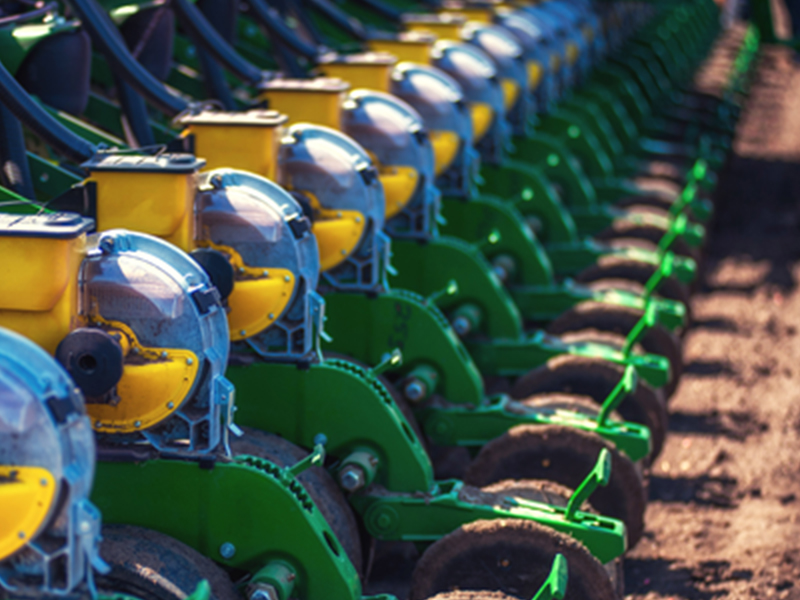This is the third of four blogs in our Credit Crunch in Farm Country series. To start from the beginning, go to Part One – The Lay Of The Land.
Modern Ag Lending Solutions For Modern Ag Challenges
 Leroy Startz has no shortage of solutions for this credit crunch. He offers several traditional options that often work for farmers despite their limitations.
Leroy Startz has no shortage of solutions for this credit crunch. He offers several traditional options that often work for farmers despite their limitations.
“Farm Credit is a resource that some are turning to, but they too, traditionally rely on land and equipment ownership as equity for those crop loans.”
Most farmers are more than acquainted with these traditional options. That’s why his largest concern lies in the fact that many operators don’t know that innovative, alternative options even exist for today’s grower. Finding purpose in this lending gap is a huge part of why he joined Ag Resource Management, an alternative, crop-based lender that understands the challenges of today’s operators.
“There’s a huge opportunity for a company like ARM to bring to light these alternative lending options that are more cash flow oriented using the future value of the growing crop without relying on equipment or land equity. That’s going to be huge going into 2020, especially after what we’ve experienced in 2019,” Startz says.
Is Alternative Agricultural Finance Cheaper Than Equity-Based Lending?
He’s aware that exploring alternative options can come with alternative risk. This begs the question—Does alternative agricultural finance come with a higher cost? Or is it possible that the use of alternative finance solutions may be cheaper than equity-based lending or other sources to free up capital?
According to Leroy Startz, it all depends on what you consider a true cost.
“With alternative lenders that are not hard asset backed, cash-flow lending has always been a little more expensive than hard asset lending’ he explained. “However, it’s not going to be any different in the alternative solutions that you’ll find in crop financing.”
This is why he fully supports alternative lenders like Ag Resource Management.
“We bring 100% financing to the budget of a farming operation so whatever the expenses are to operate my farm in 2020, assuming the farmer has actual production history available etc. and there’s a price and a crop insurance policy that justifies the budget to keep the farm productive. ARM is going to provide 100% financing. We don’t require equity in your land. We aren’t requiring liens on your equipment. It basically needs to be viewed as a combined debt and equity capital structure that enables the farmer to do what they do.”
In conclusion, when you look at the cost of alternative financing, you really have to look at what it would require and how much it would cost to go out and raise some equity to use as collateral to finance my operation. When you look at it on that basis, the weighted cost of capital, it’s actually not as expensive as it might first appear. As Startz says: “These loans are generally not outstanding for more than a year and the fact that you’re getting 100% financing is pretty compelling, especially when you don’t have to offer up a lien on land or equipment.”
Read more in the fourth and final part of our series: The Outlook For 2020.
Credit Crunch in Farm Country
- Part 1 – The Lay Of The Land
- Part 2 – Addressing The Issues
- Part 3 – Modern Ag Lending Solutions For Modern Ag Challenges
- Part 4 – The Outlook For 2020
